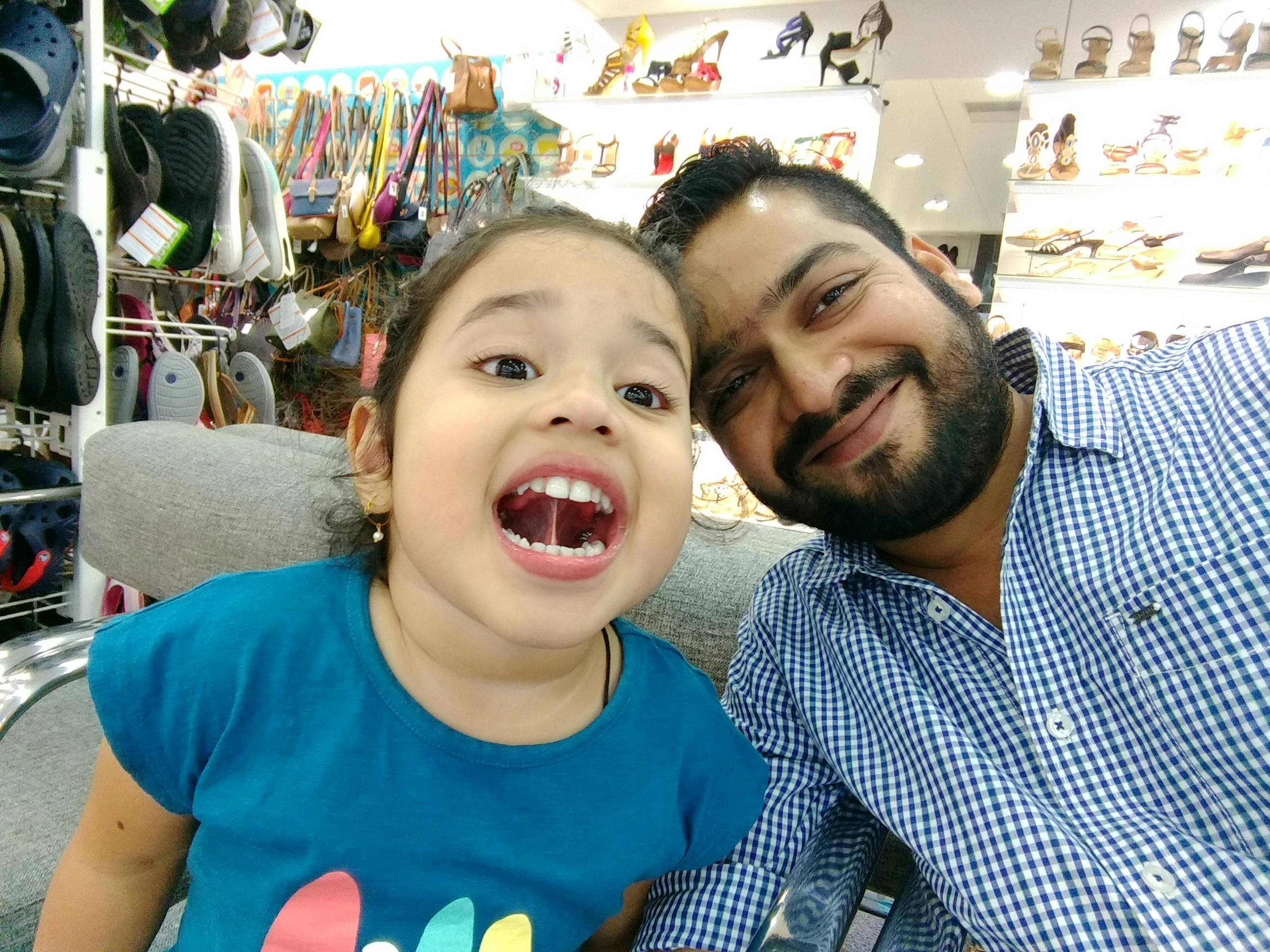Do you know if it’s legal to travel with your medication? If you’re unsure, you’re not alone. Many of us are unaware of or confused about the restrictions that countries place on the import of medication for personal use. Unfortunately, finding information about international regulations can be a daunting task.
Understanding Medication Import Regulations
Countries independently regulate the import of medicines, and many do not have publicly available or clear guidelines. This lack of clarity can make it difficult for travelers to know what is allowed and what is not. In this blog post, we will provide you with everything you need to know about traveling across borders with prescription and over-the-counter medications. If you need even more information, be sure to check out our comprehensive guide on traveling with medications.
How much medication can you bring?
The amount of prescription medication you can take with you when traveling depends on the regulations of your destination and the type of substance you are carrying. Generally, travelers are allowed to bring a 30- to 90-day supply of prescription medication that does not contain a controlled substance. However, medication that contains controlled substances is highly regulated.

Understanding Controlled Substances and Their Regulations
A controlled substance is a drug that is internationally regulated due to its high risk for addiction and misuse. These substances include certain narcotic and psychotropic medications, which target the central nervous system and have a psychoactive effect, altering the way you think, feel, or behave. Examples of regulated narcotics include acetaminophen/hydrocodone (Vicodin) and methadone (Dolophine). Regulated psychotropic substances include amphetamine/dextroamphetamine (Adderall) and zolpidem (Ambien).
Countries place strict limitations on the import of controlled substances, but the specific limitations can vary widely. Some countries may allow travelers to bring a 30-day supply, while others may only allow a few days’ worth. In some cases, certain controlled substances are outright banned from being brought into the country. For example, Japan prohibits stimulant drugs like amphetamines and methamphetamines, which are commonly found in medications for ADD/ADHD, as well as over-the-counter medications like Actifed, Sudafed, and Vicks inhalers. Even with a valid prescription from your general practitioner, these substances are not permitted into Japan.
Finding Information on Importing Medicines
Finding out about your destination’s regulations on importing medicines for personal use can be challenging. To get accurate information, it’s best to consult multiple sources. Here are a few resources you can use:
- The International Narcotics Control Board (INCB) website: This independent and quasi-judicial organization is responsible for international drug control. However, keep in mind that countries self-report their regulations to the INCB, so the information may be incomplete or outdated.
- The International Society of Travel Medicine (ISTM): This pharmacist group has compiled a list of international regulations on the importation of medicines for personal use. Like the INCB’s website, the information may be incomplete or outdated since it relies on self-reported regulations.
It’s important to note that not all countries have made their regulations public. In such cases, you may need to reach out to the embassy, consulate, or national drug administration body of your destination for more information.

Essential Documentation for Traveling with Medications
When traveling with any medication, there are a few documents you should always have with you:
- A copy of your original prescription: This serves as proof that the medication was legally prescribed to you.
- A letter from your doctor: The letter should include details about the medication, including its generic and brand names, dosage, any required medical supplies, and the condition being treated.
Having these documents can help you navigate customs if you are asked to declare your medication. Additionally, they can be useful in case you need to see a doctor or pharmacist while traveling. If possible, have these documents translated into the language of your destination.
In cases where you are traveling with more than the permitted amount of prescription medication or a controlled substance, you may be required to declare it. You might also need to apply for an import license or permit to present at the border.
Additional Resources
For more in-depth information on traveling with medications, we recommend checking out our comprehensive guide, “Travelling with Medication: A Guide.” This resource covers everything you need to know, including how to navigate country restrictions, travel with controlled substances, pack medication for transit, navigate customs, find medications abroad for refills, and avoid fake or substandard medication.
Remember, it’s crucial to stay informed about the regulations and guidelines surrounding traveling with medication to ensure a smooth and hassle-free journey.

Article by Claire Westmacott